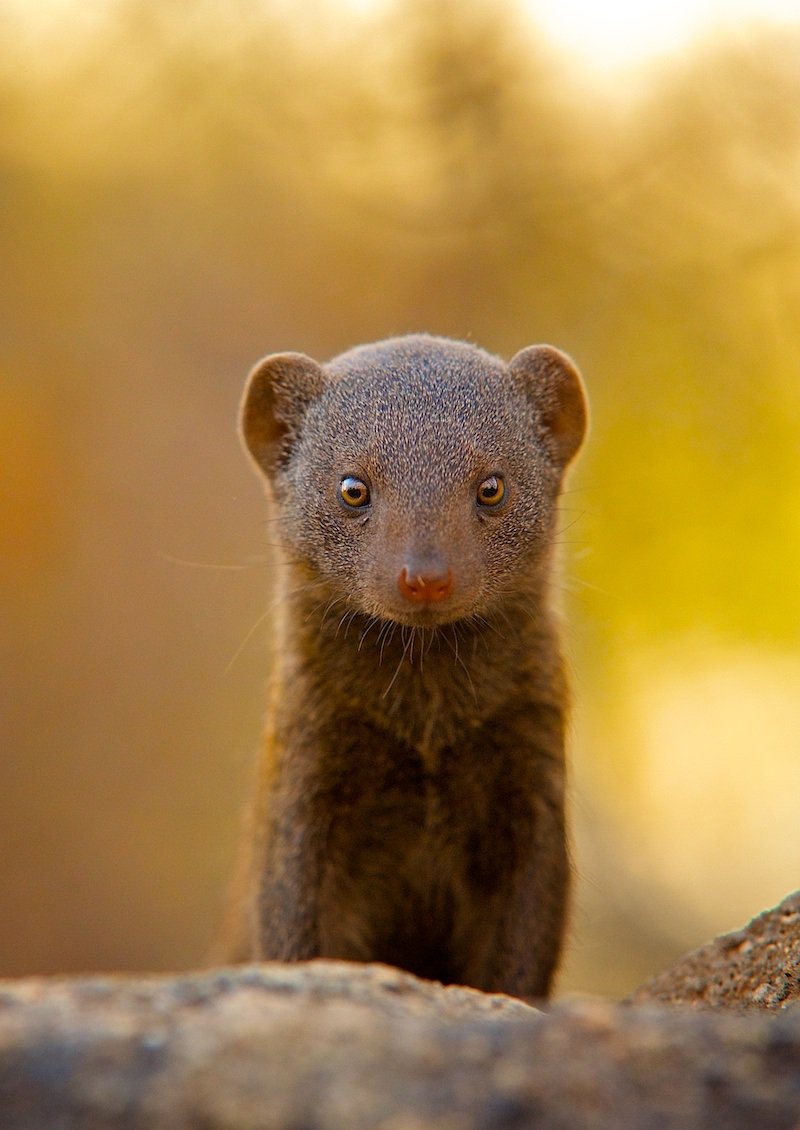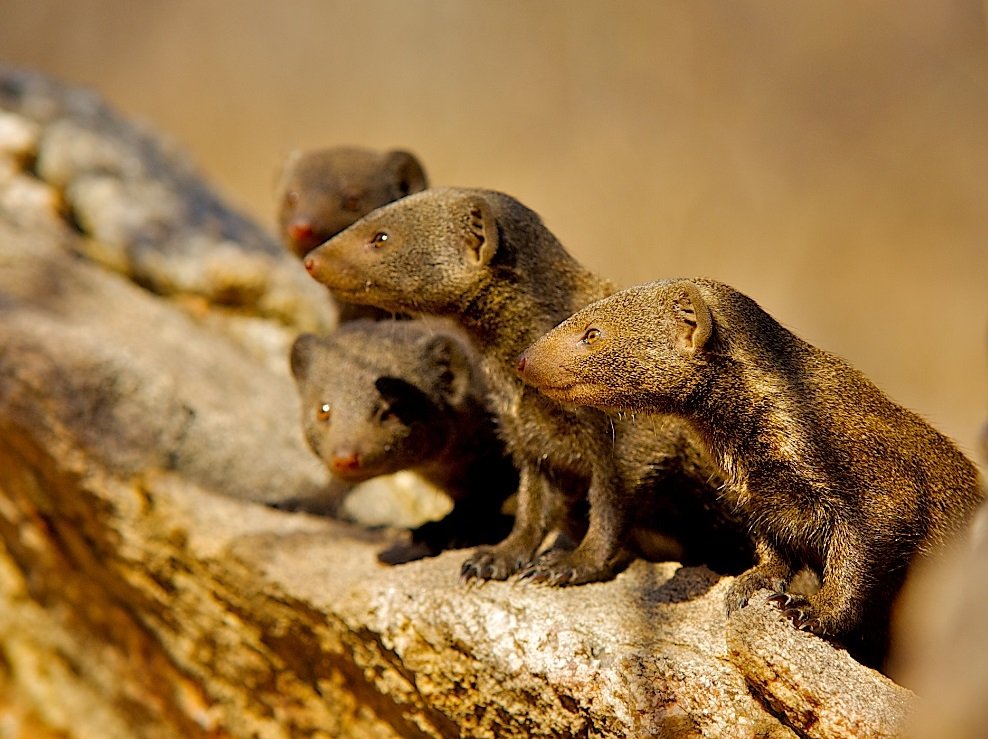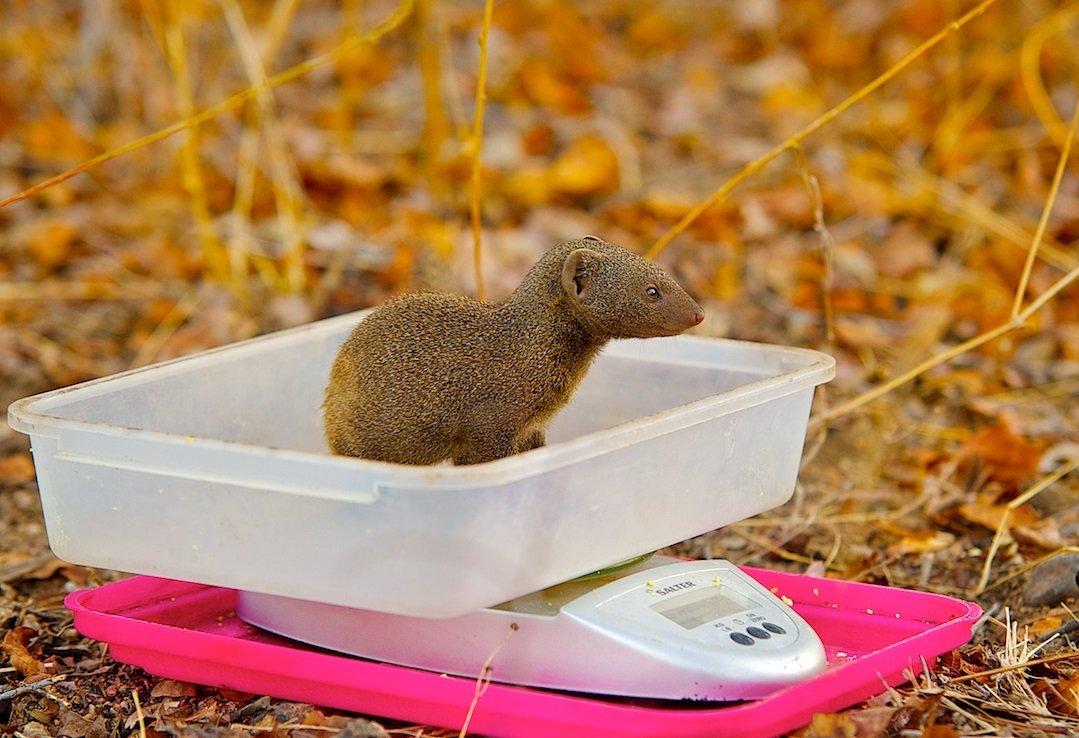Faced with potential violence from rival factions, dwarf mongoose groupmates pull together and behave more co-operatively, according to new research by University of Bristol researchers published today [Wednesday 19 June].
Conflict between rival groups is common throughout the animal world, from ants to chimpanzees, but its consequences have been little studied. Using field experiments on a wild population of dwarf mongooses, the new study, published in Behavioral Ecology, shows that the threat of conflict with outsiders can cause changes in a range of within-group behaviours.

[rand_post]
Amy Morris-Drake, PhD student and lead author from Bristol’s School of Biological Sciences, said: “Much is known about the behaviour that occurs when groups of the same species actually interact with one another. However, we have shown that the threat of between-group battles can lead to increases in within-group cooperation, including greater grooming of groupmates and contributions to sentinel duty (acting as a raised guard).”
Andy Radford, Professor of Behavioural Ecology and co-author, also from Bristol, added: “Experimental tests of the consequences of out-group conflict are extremely rare, especially on wild animals. By working with groups of dwarf mongooses habituated to our close presence, we could collect detailed observations and conduct experimental manipulations in natural conditions.”

It is often suggested that one reason for the high levels of co-operation in human societies is the need to stand together in times of war. This new study demonstrates the basis for a similar link in non-human animals.
[ad_336]
Amy Morris-Drake explained: “We tested our theories by simulating territorial intrusions of rival groups. To do so, we used call playbacks and faecal presentations, creating the impression that trouble-makers had crossed the border into a group’s own land.”
Professor Radford continued: “We then carefully observed the behaviour of the resident group after they had interacted with the cues of rivals, and found differences compared to control conditions. Individuals groomed one another more and foraged closer together, potentially due to higher anxiety levels; their increase in sentinel behaviour was likely an attempt to gather more information about the threat.”

The new work suggests that if we are to understand the importance of warfare on societies, we must consider threats as well as actual fights. Additionally, we need to investigate not just actions on the battleground but the knock-on consequences too.
Dwarf mongooses are Africa’s smallest carnivore, living in co-operatively breeding, territorial groups of five to 30 individuals